“A turnkey project delivers a comprehensive solution where every detail is planned, executed and completed, providing clients with a fully operational outcome that requires nothing more than turning the key to success”.
The Ultimate Guide to Turnkey Projects: Simplify Your Development Journey

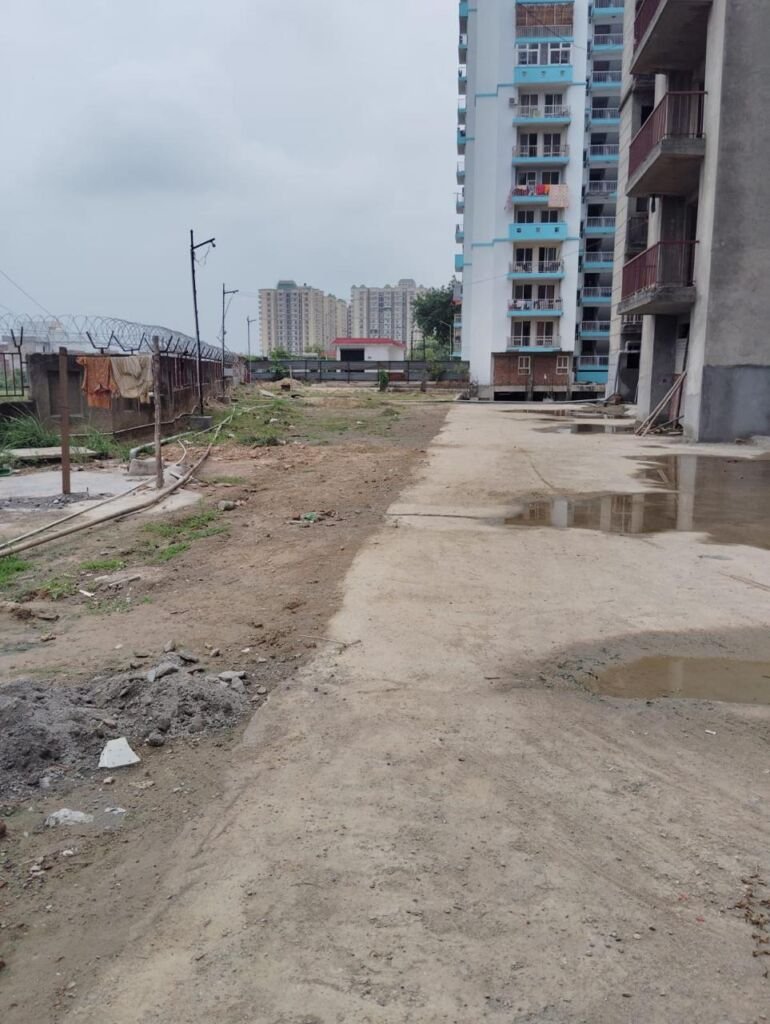
Are you looking for a seamless and efficient way to execute your next project? Whether you’re managing a construction, technology, or business venture, understanding turnkey projects can be a game-changer. In this comprehensive guide, we’ll explore what a turnkey project is, its benefits, and how it can simplify your development journey. By the end, you’ll have a solid grasp of turnkey projects and be ready to decide if they’re right for you.
What is a Turnkey Project?
A turnkey project is a type of contract where a single entity, known as the contractor, is responsible for all aspects of the project from start to finish. The term “turnkey” refers to the idea that once the project is completed, the client only needs to “turn the key” to start using it. This means that the contractor handles everything—from design and development to execution and handover.
In essence, a turnkey project provides a complete, ready-to-use solution, minimizing the client’s involvement in the day-to-day management and coordination of various tasks. This approach contrasts with traditional projects, where the client might need to oversee multiple contractors and manage various phases of the development process.
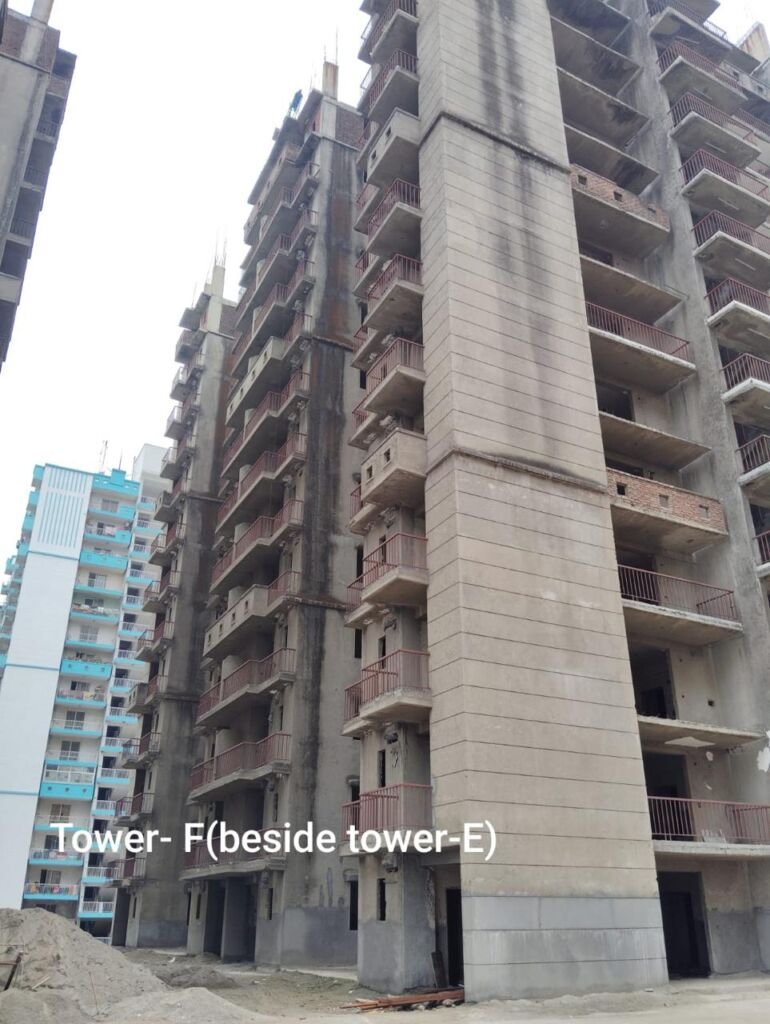

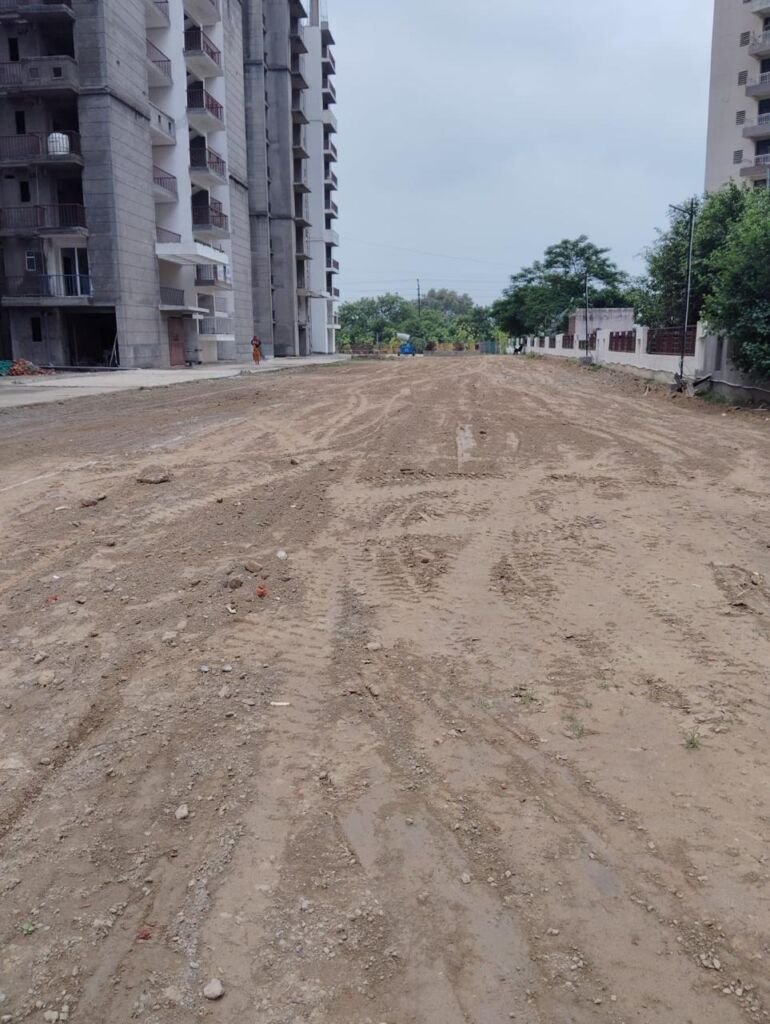
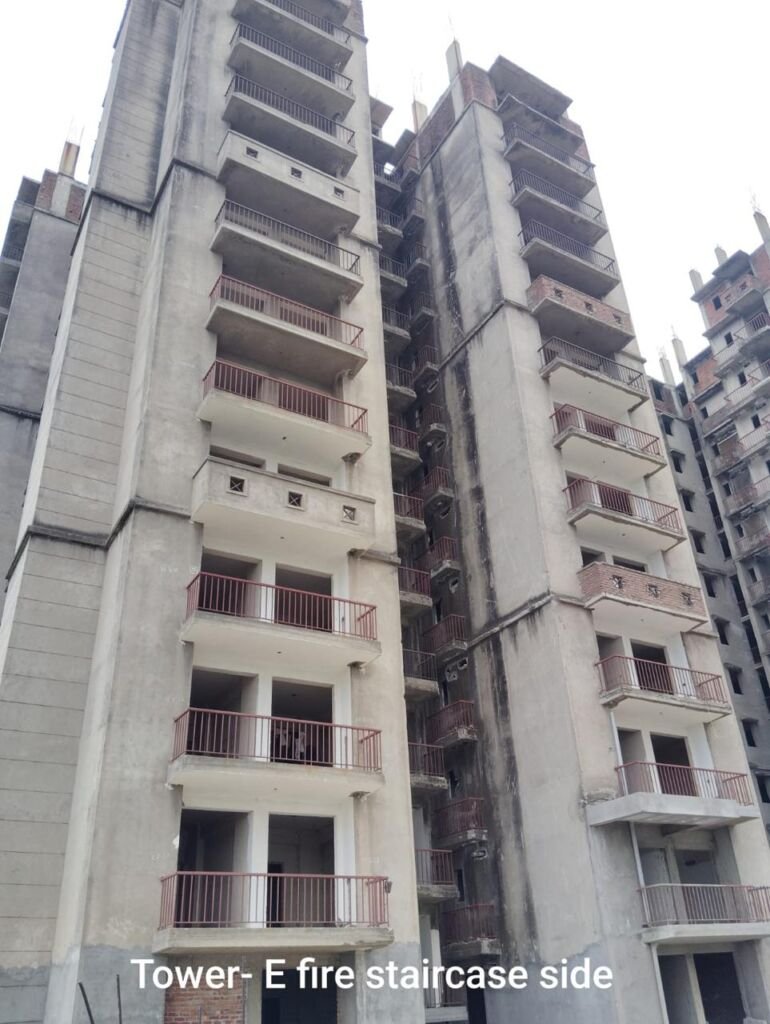
Why Choose a Turnkey Project?
Choosing a turnkey project offers several advantages that can significantly benefit both large enterprises and smaller ventures. Let’s explore some key reasons why turnkey projects might be the right choice for your next endeavor.
1. Streamlined Management
One of the most significant benefits of a turnkey project is streamlined management. With a single point of contact handling all aspects of the project, communication is simplified, and there is less room for misalignment. This centralized approach means fewer meetings, fewer updates, and a more straightforward process overall.
2. Reduced Risk
Turnkey projects often come with a fixed price, meaning that the contractor assumes most of the financial risk associated with the project. If there are unforeseen issues or cost overruns, it’s typically the contractor’s responsibility to address them. This arrangement can provide peace of mind for clients, as they are not exposed to unexpected costs.
3. Faster Completion
Because the contractor manages every phase of the project, from initial design to final execution, the entire process is often more efficient. This integrated approach can lead to faster project completion times, as there are fewer delays caused by miscommunication or coordination issues.
4. Enhanced Quality Control
With a single contractor handling all aspects of the project, quality control is more straightforward. The contractor is responsible for ensuring that every component meets the required standards, which can lead to a higher-quality end product. Moreover, since the contractor is involved in every step, they have a better understanding of the project’s overall goals and requirements.
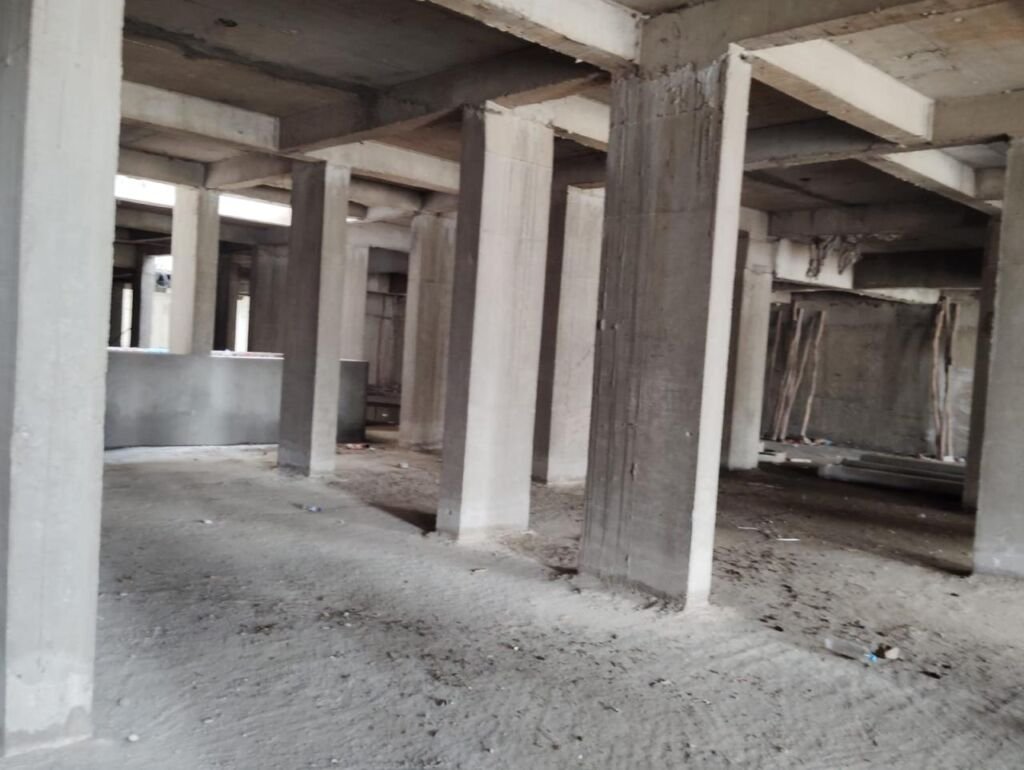
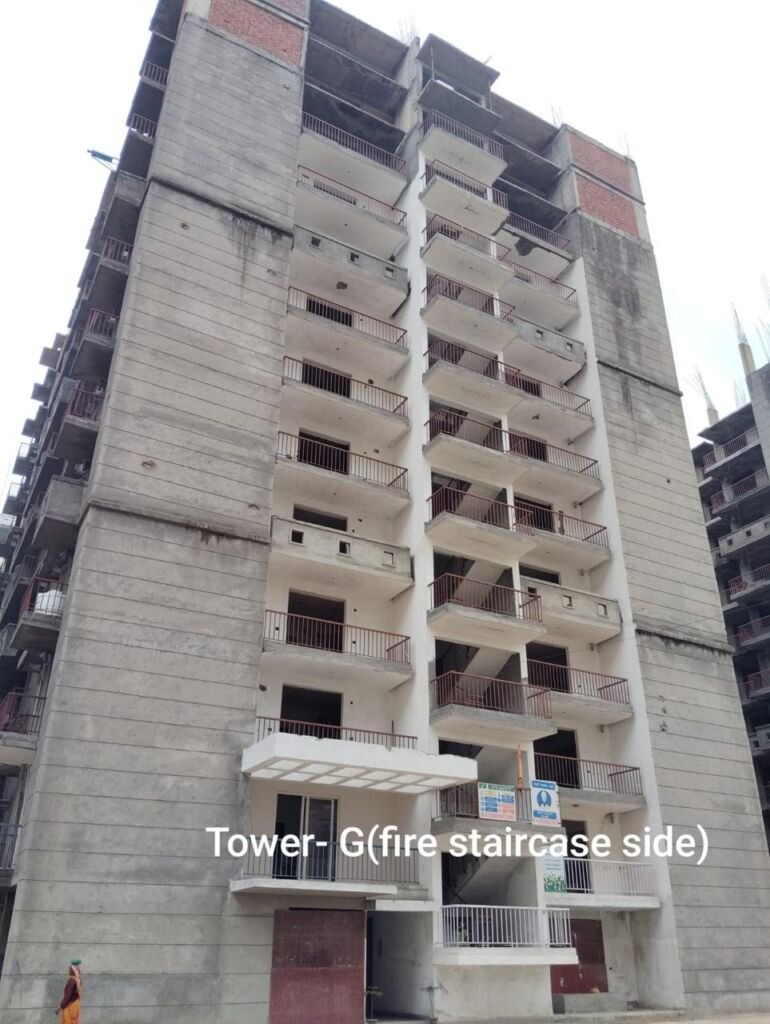
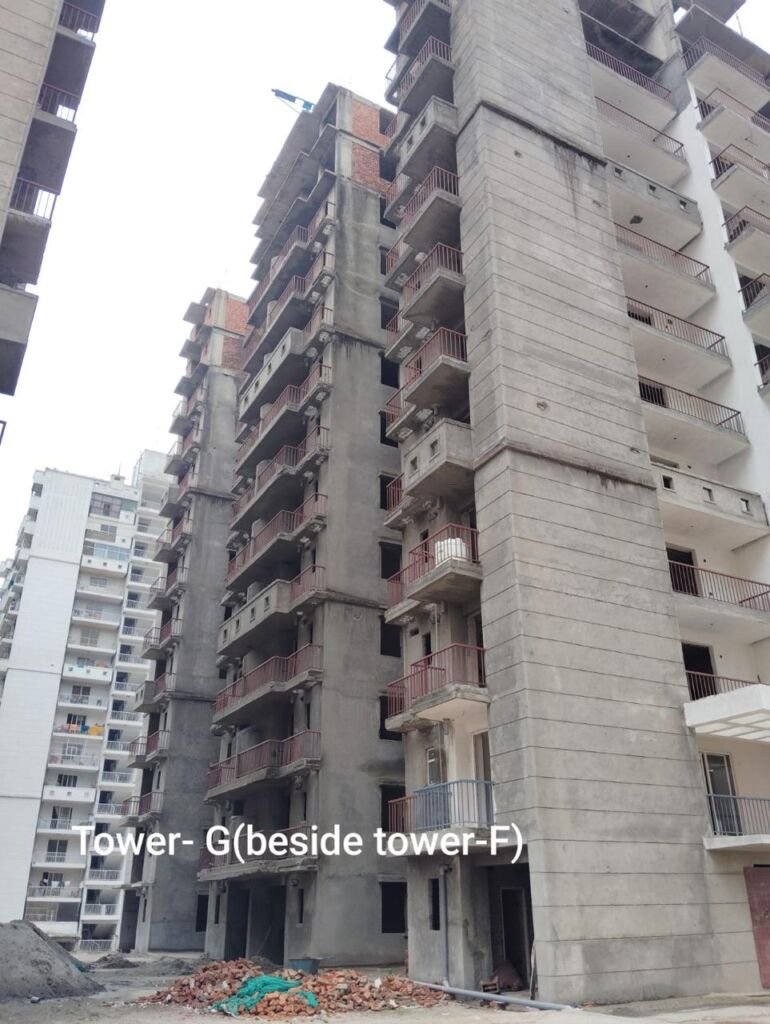
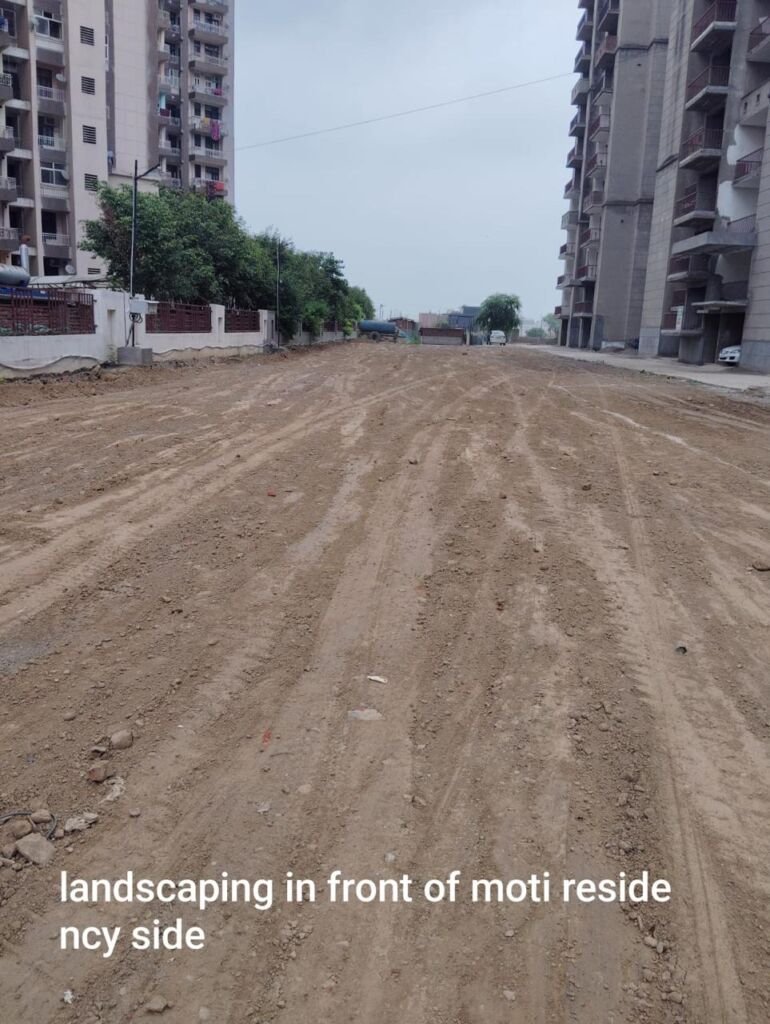

How Turnkey Projects Work
Understanding how turnkey projects work can help you better evaluate if this approach fits your needs. Here’s a step-by-step breakdown of the turnkey project process:
1. Initial Consultation
The process begins with an initial consultation where you discuss your project needs and goals with the contractor. During this phase, you’ll outline your vision, budget, and timeline.
2. Proposal and Contract
After understanding your requirements, the contractor will provide a detailed proposal and contract. This document outlines the scope of work, cost estimates, and a timeline for project completion. It’s crucial to review this contract thoroughly to ensure all aspects of the project are covered.
3. Design and Planning
Once the contract is in place, the contractor will begin the design and planning phase. This includes creating blueprints, selecting materials, and developing a detailed project plan. You’ll have the opportunity to review and approve designs before work begins.
4. Execution
With designs approved, the contractor will move on to the execution phase. This involves coordinating construction, technology integration, or other relevant activities. Throughout this phase, the contractor manages all subcontractors and ensures that everything is progressing according to plan.
5. Quality Assurance
As the project nears completion, the contractor will perform rigorous quality checks to ensure everything meets the agreed-upon standards. Any necessary adjustments or refinements are made during this phase.
6. Handover and Training
Finally, once the project is complete, the contractor will hand over the finished product. This phase often includes training for your team, ensuring that you know how to operate or utilize the new system or facility effectively.
Tips for a Successful Turnkey Project
To ensure the success of your turnkey project, consider the following tips:
- Choose a Reputable Contractor: Research potential contractors thoroughly. Look for reviews, past project examples, and references to ensure they have a track record of delivering high-quality results.
- Clearly Define Your Objectives: The more detailed and specific you are about your project needs, the better the contractor can tailor their approach to meet your expectations.
- Regular Communication: While the contractor will handle most of the management, maintaining regular communication can help address any concerns promptly and keep the project on track.
- Review Contracts Carefully : Don’t hesitate to seek legal advice if needed.
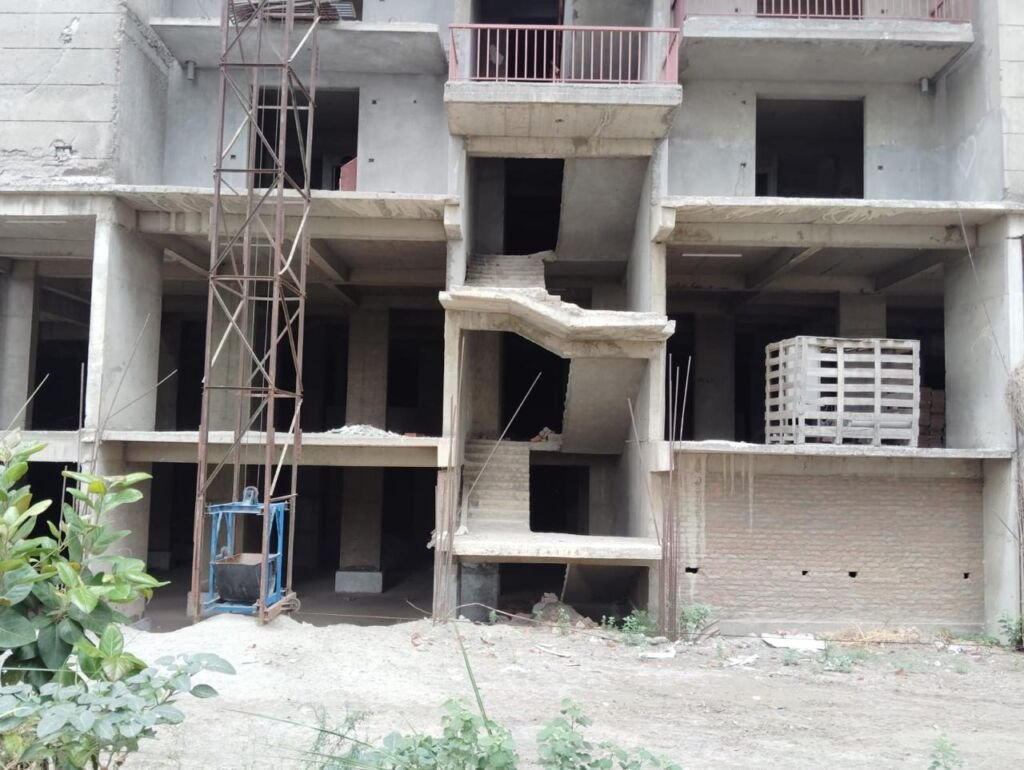


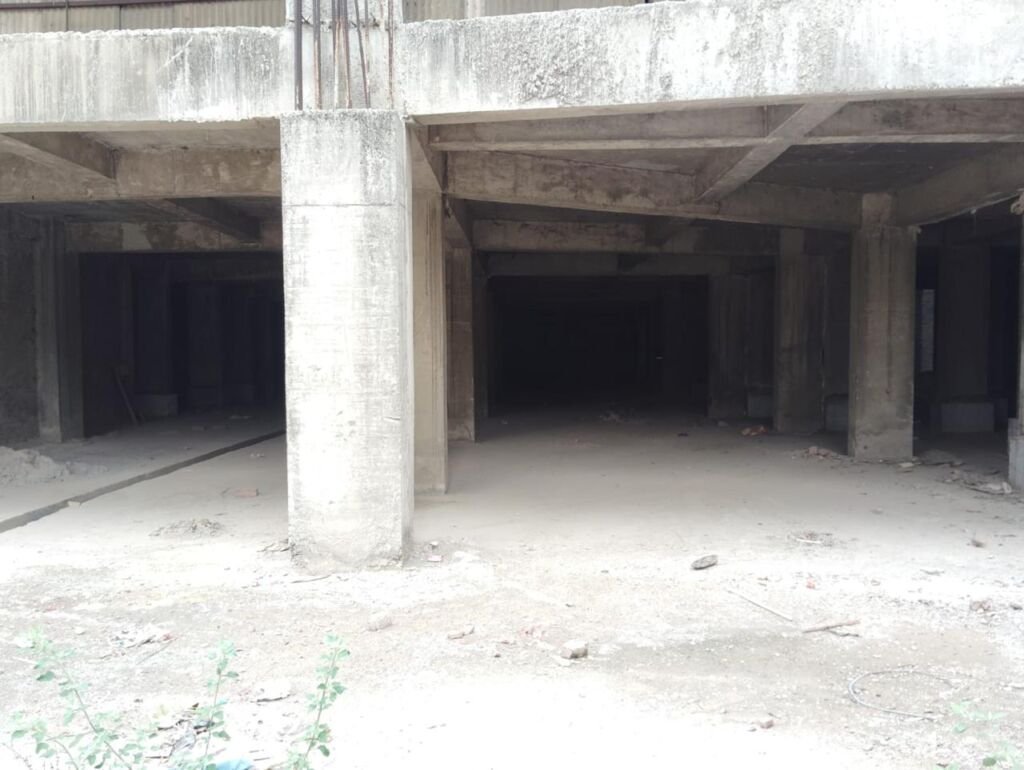
Conclusion
n conclusion, turnkey projects offer a streamlined and efficient approach to managing various types of developments. By consolidating responsibility under a single contractor, you benefit from simplified management and reduced risks. Moreover, the potential for faster completion times makes turnkey projects an attractive option for many. Therefore, if you’re considering your next development, evaluating the turnkey project model could be a wise choice. By following the expert tips provided and carefully selecting a reputable contractor, you can ensure a smoother, more hassle-free experience. Ultimately, turnkey projects can transform your vision into reality with minimal stress and maximum efficiency. https://seahawkarchplanners.com/

